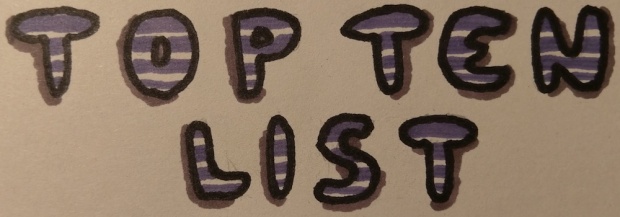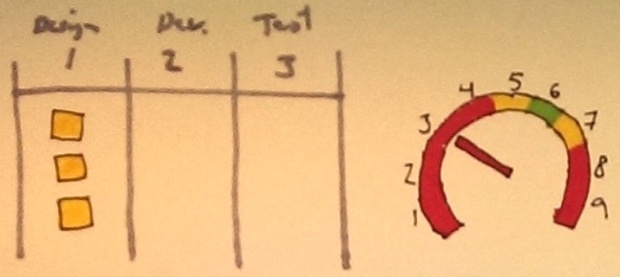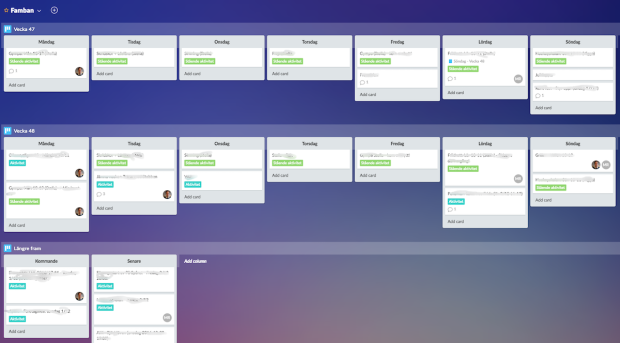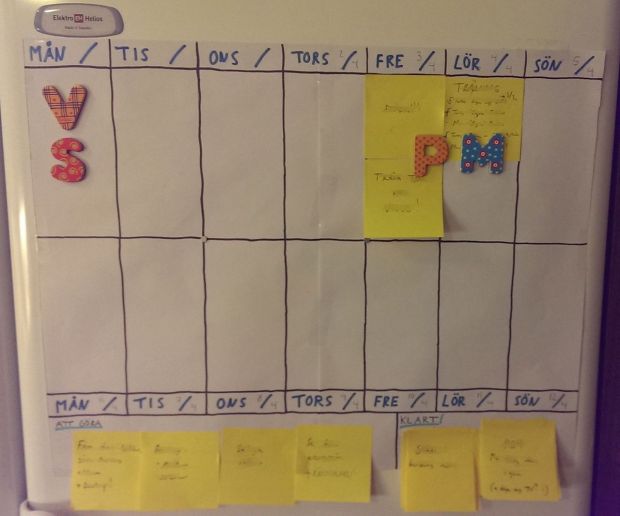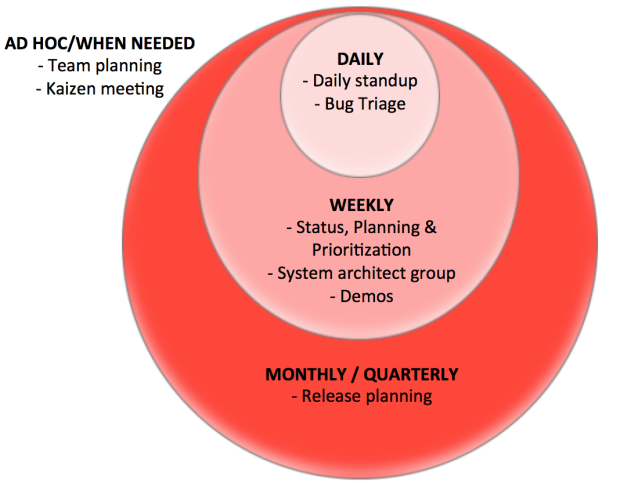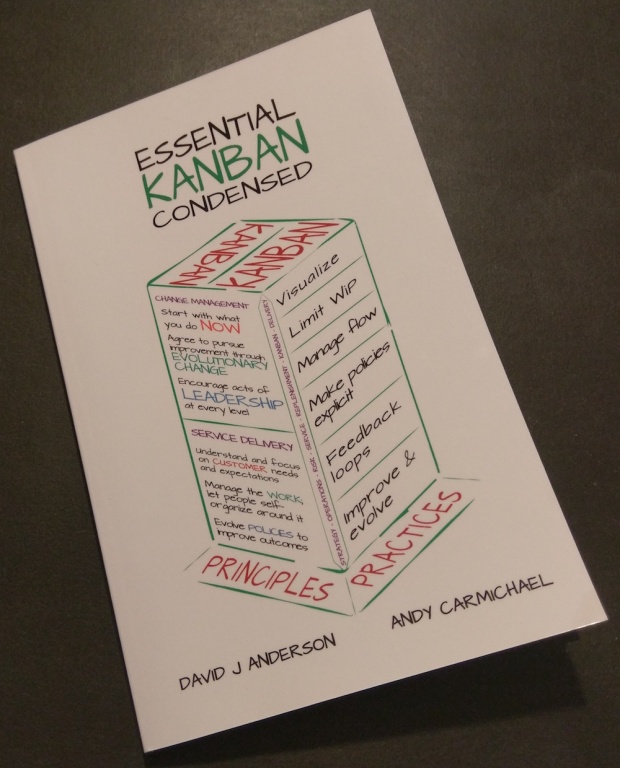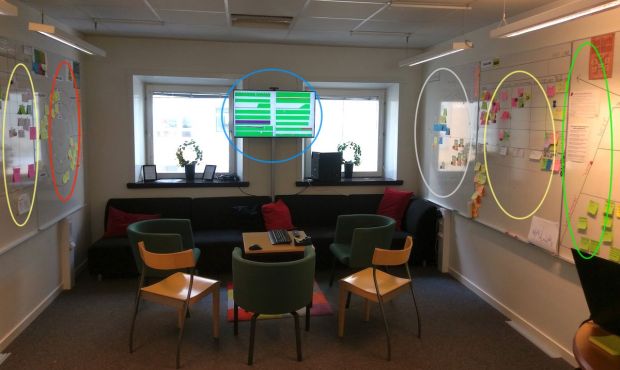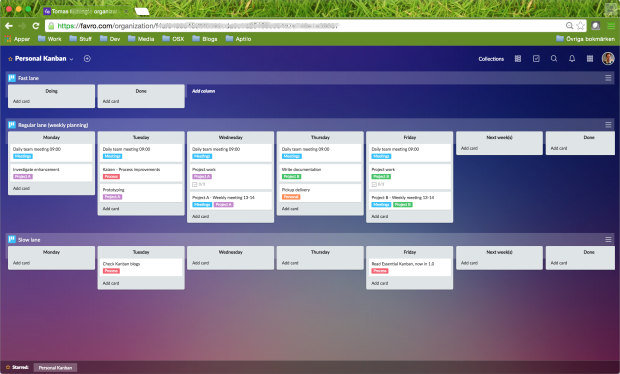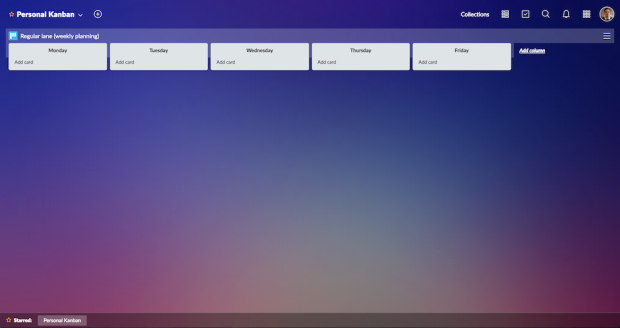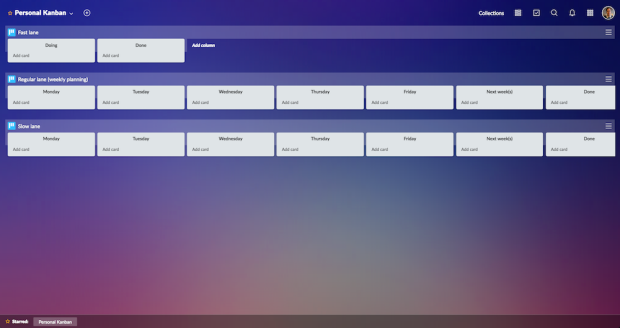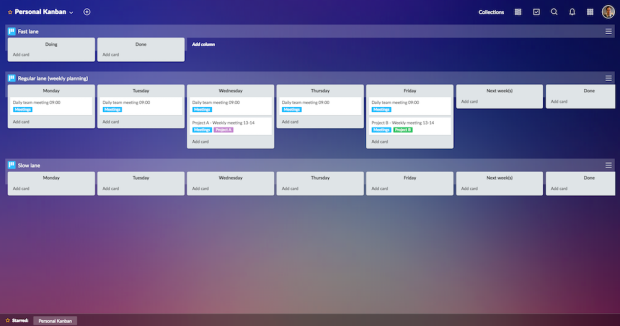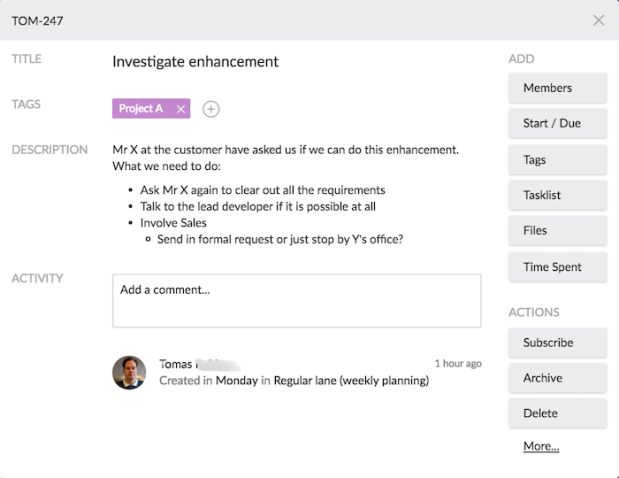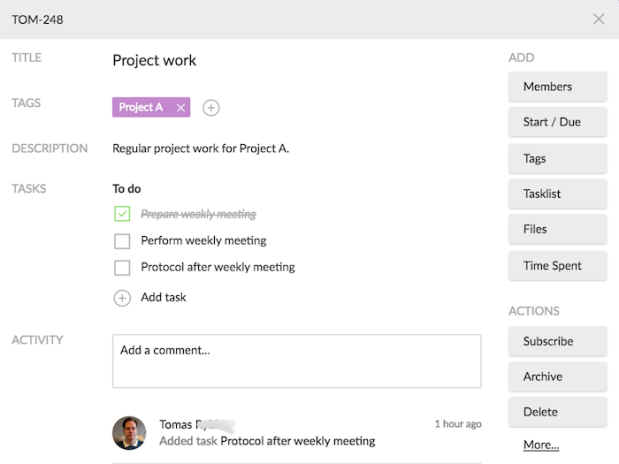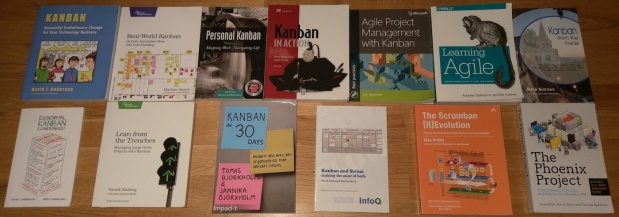
I’ve seen that a poll function have been added to Twitter for quite some time now, but I haven’t tried it out. Until recently, when I used it to ”scientifically” (well…) investigate how common Kanban is.
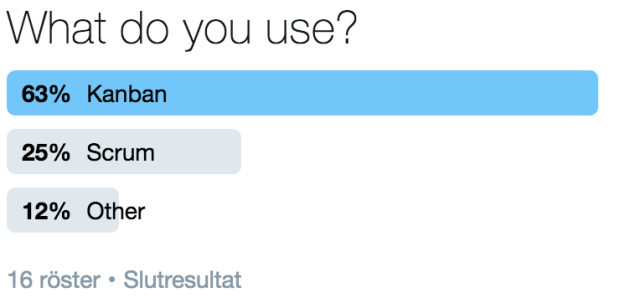
You can always question a result of a poll. During the years I’ve written quite a lot about Kanban, and maybe therefore gained followers that are also into it. The ”sample size” (16 answers) may not be representative either. However, Kanban is used by more than half of the responders, so there must be a lot of usage and interest out there!
Before we start, I must admit that the title of this blog post is heavily inspired by the great documentary ”King of Kong”. It you haven’t seen it, and you are into retro-gaming, you must do!
Alright, do you want to become King of Kanban (or Queen for that matter)? Continue reading!
Introduction
So how do you learn Kanban profoundly? There is a bunch of ways, and how you want to go about it, is mostly your personal taste, and how you pick up knowledge in the best possible way. You can for example read blog posts (maybe you have your own list of Kanban front-figures that you follow?), see videos from speeches (many conferences are very kind and publish them online afterwards), or look at presentations at Slideshare (that many use to share their material). Maybe I can come back and guide you in this arena in a later blog post, but for now I would like to focus on books, reading good old fashioned books!
Some years ago I made a challenge to myself. Search on Amazon.com for ”Kanban” in the books department, sort by relevance, and buy & read all books on the first page! I was about to make it, but I think you can guess what happened. The first page changed… So I had to buy and read more books. Nothing wrong in that, but my challenge could not be fulfilled. Now I’ve put that aside, and instead here is the list of books from Amazon that I have read and reviewed on this blog (the search referenced below on Amazon.com were performed May 14, 2017). In the headlines below – First is actual position in the listing, the title of the book and within parentheses the year it was released. Ok, so here we go!
King of Kanban – Books
This is still, very rightly, the most relevant Kanban book, written by ”the father of Kanban” David J. Andersson back in 2010. Many books on Kanban have been released after this, but ”the blue book” still stands as the one must to read, if you want to learn about Kanban. As I wrote in my review: ”Is this the book about Kanban? Yes, it is. David J. Anderson is the undisputed king in Kanbanland.”
This books holds four case studies in of improving using Kanban. I would go for this as a fist book if you want to learn Kanban, but when you have gained knowledge and want some tips to take Kanban further this is a good source of information. From my review: ”It’s always good to hear real-life stories, this is the most effective way to learn I think.”
Jim Benson (one of the authors of this book) worked together with David J. Anderson for a period of time. While most of the Kanban community focus on teams and larger, this book applies Kanban to your personal work, using only two of Kanban’s core practices: Visualize your work & Limit your Work-in-Progress (WIP). As I put in in my review: ”This book gets really personal about Kanban! I’ll recommend it to all knowledge workers that wants to get priority, productivity and efficiency into their work and personal life.”
This is my personal favourite amongst the books about Kanban! I’ve read it several times. It sort of changed how I see things, and even how people anticipate me, as you can read in the review that I end with: ”I can truly recommend ’Kanban in Action’ to anyone that wants to know just the slightest bit about managing knowledge work. From the first moment I started reading it, this has been my holy bible of Kanban!”.
If you are into agile project management and Kanban (as I do), you don’t need to look any further. This is the book you should read! I’ve picked up quite a few tips from this book. From my review: ”If you are into project management and Kanban this is a true gem! The length is perfect for an agile book, 160 pages.”
This is a book I only picked up, because of the challenge. It’s quite cumbersome and now as ”agile” I want a book about Agile to be. As I state in the review: ”If your are new to Agile, and have a lot of time to read, I can recommend this book to get more knowledge about Scrum, XP, Lean and Kanban. If you only want to know about a specific method, or have short of time, there are other more suitable books around.”
This books takes another angle into Kanban (than the other books), it uses nine values to introduce it. The nine values are: Transparency, Balance, Collaboration, Customer focus, Flow, Leadership, Understanding, Agreement and Respect. Actually, I met the author, Mike Burrows, at a conference and got my copy signed 🙂 . I end the review with the following: ”If you’re into Kanban you should definitely buy this book! I wish I’ve had it (and especially the knowledge from part III) when I implemented my first Kanban system.”
This is (to my knowledge) the newest book about Kanban. If you are totally new to Kanban, you may want to use this as a first starting point. Actually I end my review with: ”You should definitely read ’Essential Kanban Condensed’ if you want to get up to speed in what Kanban stands for and represents today (as of 2016).”
#13 – Lean from the Trenches: Managing Large-Scale Projects with Kanban (2011)
I read this book long before I started blogging so therefore I don’t have any blog post review of it. In this book Henrik Kniberg shares his learnings from the PUST (”Polisens mobila Utrednings STöd”)-project at the Swedish national police authority. Cross functional teams, ”Daily cocktail party” (with team- and sync-meetings) and the project board are for example described in this book. This book is a case study of a very successful project, however six years have passed, and things may be done differently nowadays.
As hinted by the title, the chapters in this book are divided by days in in a fictive month (30 days) to learn and start using Kanban. It’s a nice angle, but there is no problem in reading the book from cover to cover (it has 106 pages). From my review: ”All in all, I was positively surprised by this book! It covers what you need to know to get Kanban stated and running.”
#19 – Kanban and Scrum – making the most of both (Enterprise Software Development) (2010)
This is the second book from Henrik Kniberg. His first (and the one that really started my Agile journey back in 2008) was ”Scrum and XP from the trenches”, my review of the second edition of this book can be found here. This book simply compares Kanban and Scrum. I’ve read this one also, before I started blogging.
This book covers a lot of topics, it has 384 pages! However, from my review: ”This book has good structure, well written texts and a lot of illustrating figures. However, I think the overall purpose, to explain Scrumban, gets lost when describing all the surrounding agile practices. Keeping it simple is a virtue.”
Compared to all the other books in this list, this one really stands out. It is a novel and the story starts when Bill Palmer gets promoted and become VP IT Operations at the company Parts Unlimited. The company is really struggling, and a gigantic project named Phoenix is launched in order to save Parts Unlimited. It’s not really a book about Kanban per say, but it is in there, from may review: ”A novel and the story presented in this book is a very pleasant and nice way to to learn new things. If you want to now more about DevOps I can really recommend this book!”
Summary
If you like reading books you should now have some ideas on what to read to become King (or Queen) of Kanban! Take care, and see you next time!
All the best,
Tomas from TheAgileist

